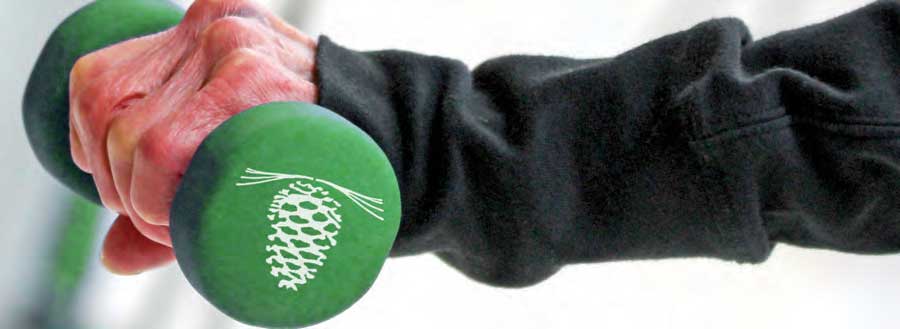
Yes, you’ll get stronger and more toned – but those aren’t the only reasons to strength train. Scientists continue to discover benefits of strength training or resistance training. It can be done using light weights, elastic bands or even your own body weight (think wall push-ups, mini squats and calf raises). Here are four more good reasons to start.
- IT REDUCES PAIN. A small study, published in the July 2012 International Journal of Preventive Medicine, found that men with rheumatoid arthritis affecting their knees had a 23 percent reduction in pain intensity after following a three-day-a-week strength-training program for eight weeks. Other studies show strength training relieves the pain of osteoarthritis and fibromyalgia, too. In the Oasis, the leg extension and seated-leg-curl machine will help with strengthening the muscles around the knee.
- IT INCREASES RANGE OF MOTION. Another small study, published in the December 2011 Journal of Strength and Conditioning Research, found that participants who practiced resistance training three days a week for five weeks had the same flexibility improvements as those who did a regular stretching routine. Stretching and strengthening are both important. Water aerobics can help with both.
- IT BLASTS CALORIES – even when you’re not working out. Muscle burns calories, so adding muscle mass naturally amps up your calorie burn. In fact, an analysis of several studies, reported in the July-August 2012 Current Sports Medicine Reports, shows the number of calories you burn at rest rises about 7 percent after several weeks of resistance training.
- IT BOOSTS BONE DENSITY. Women lose up to 50 percent of their bone tissue in their lifetime post-menopause. By age 65 or 70, men begin to lose bone mass at the same rate as women, according to the National Institutes of Health. Lifting weights can help slow that loss and increase bone density, according to a 2015 review in the scientific journal of the American Physical Therapy Association.
Seniors are often overwhelmed by all the different machines and other fitness tools a gym has to offer. However, a distinction can be made between two main kinds of exercises: free weight exercises and machine exercises. Machines can be very useful to anyone that wants to isolate a certain muscle. Free weights are dumbbells and barbells, and often people make use of both free weights and machines.
To start a workout program: You’ve probably heard people talk about reps and sets. Sets are the amount of times an exercise is done. Every set consists of reps (repetitions), which is the number of times the movement (for example bicep curls) are done 4-6 repetitions for strength training, 6-12 reps for muscle growth, 12-15 reps for toning the muscles and endurance. Another thing that is important, is to rest between sets. Rest as long as it takes to resume normal breathing again, which is usually, between 60 to 90 seconds. Most exercises are between 2 and 3 sets, and 8 to 12 reps, however, this depends on your goals and whatever feels good to you.
Safety is very important, so start off slow. Furthermore, proper form and good intensity is most important. It is recommended to consult your doctor before starting a workout program. Start slow, build up and stop doing an exercise as soon as it starts to feel uncomfortable or starts hurting.
Get trained. Make an afternoon appointment with Mary Hand to learn the best techniques for using free weights and the resistance equipment in the Oasis.

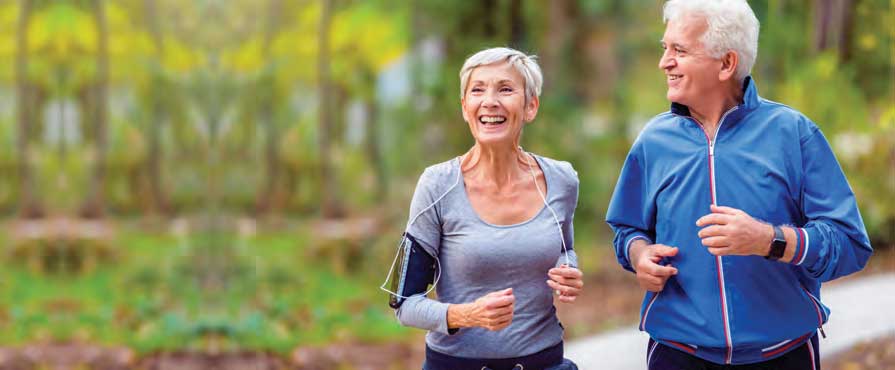

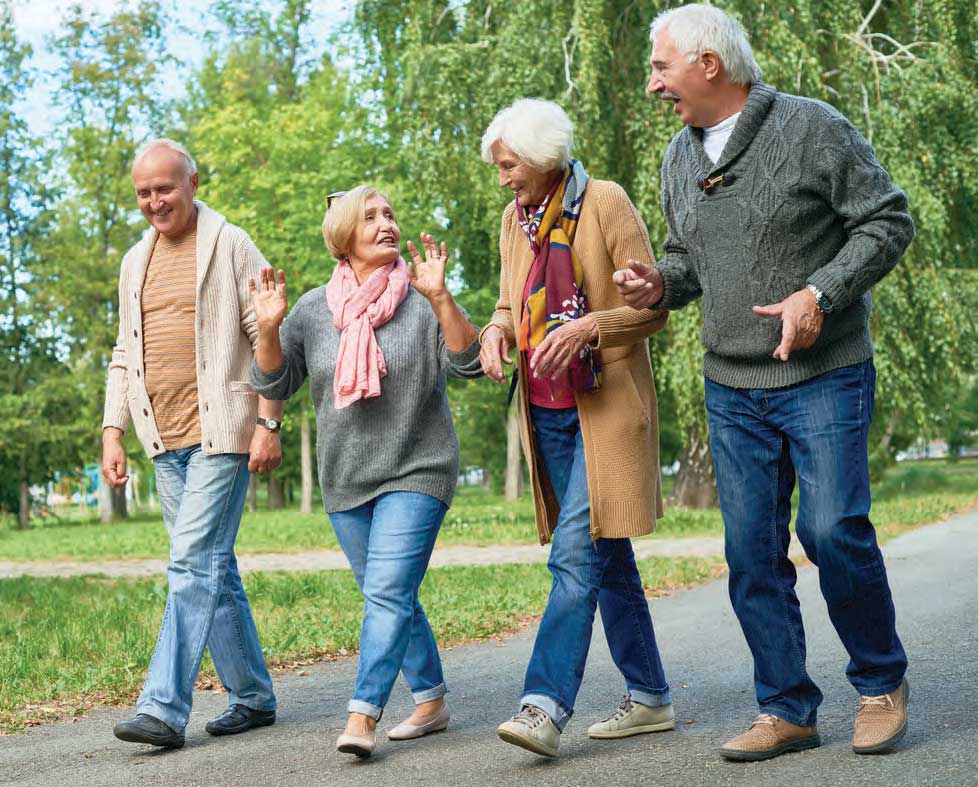 Speaking of walking—Would you like to begin a walking program? If you can you walk at least ten minutes and desire to improve your overall health and well-being, the Arthritis Foundation Walk with Ease Program will teach you how to safely make physical activity part of your everyday life. Walk with Ease offers support, information and tools to help you succeed. We will look at improving our posture and our gait. Balance and endurance are emphasized as well as making friends and learning our way around the hallways. Classes will begin September 17th for nine weeks meeting twice each week on Tuesdays and Thursdays in the Arts & Crafts room at 1:30 and led by Mary Hand who is a trained Arthritis Foundation walking leader. Each meeting begins with a short discussion covering a topic related to exercise or arthritis, followed by a 10- to 40-minute walk that includes a warm-up and cool-down, stretches, and take home exercises that will build strength for walking. We will begin walking inside and with good weather, walking outside will be an option. The program will include a very helpful guidebook, lots of surprises, good camaraderie and special encouragements along the way. For newcomers to Kirby Pines, it’s a great way to meet your neighbors and learn your way around. We are especially looking for people who want to begin an exercise program, as well as graduates of the program who are always welcomed back and encouraged to bring a friend. Contact Life Enhancement Department or sign up in the Oasis.
Speaking of walking—Would you like to begin a walking program? If you can you walk at least ten minutes and desire to improve your overall health and well-being, the Arthritis Foundation Walk with Ease Program will teach you how to safely make physical activity part of your everyday life. Walk with Ease offers support, information and tools to help you succeed. We will look at improving our posture and our gait. Balance and endurance are emphasized as well as making friends and learning our way around the hallways. Classes will begin September 17th for nine weeks meeting twice each week on Tuesdays and Thursdays in the Arts & Crafts room at 1:30 and led by Mary Hand who is a trained Arthritis Foundation walking leader. Each meeting begins with a short discussion covering a topic related to exercise or arthritis, followed by a 10- to 40-minute walk that includes a warm-up and cool-down, stretches, and take home exercises that will build strength for walking. We will begin walking inside and with good weather, walking outside will be an option. The program will include a very helpful guidebook, lots of surprises, good camaraderie and special encouragements along the way. For newcomers to Kirby Pines, it’s a great way to meet your neighbors and learn your way around. We are especially looking for people who want to begin an exercise program, as well as graduates of the program who are always welcomed back and encouraged to bring a friend. Contact Life Enhancement Department or sign up in the Oasis.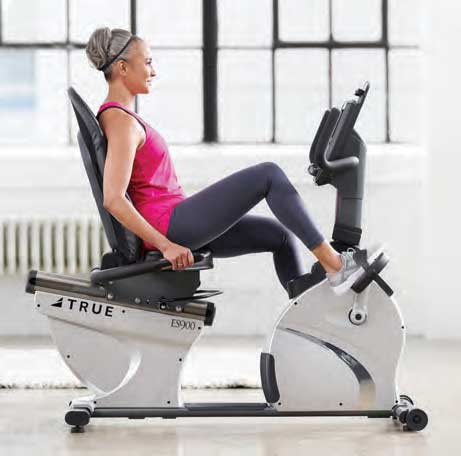 Here are some more tips to help you avoid injury or discomfort:
Here are some more tips to help you avoid injury or discomfort: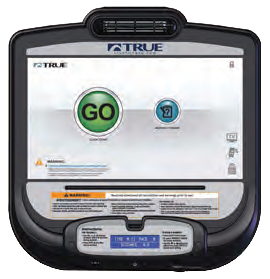 Next time you are near the Oasis, come in and give the recumbent bike a spin. Make an appointment with Mary Hand. She will be glad to demonstrate the recumbent bike and the other equipment in the Oasis. Remember “Keep it moving.”
Next time you are near the Oasis, come in and give the recumbent bike a spin. Make an appointment with Mary Hand. She will be glad to demonstrate the recumbent bike and the other equipment in the Oasis. Remember “Keep it moving.”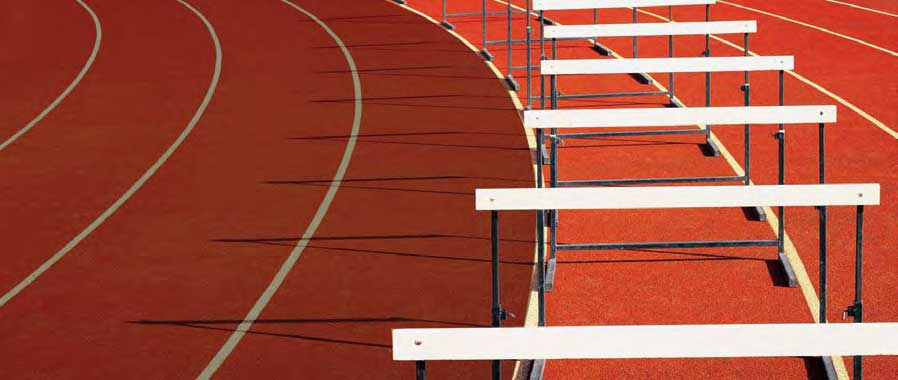
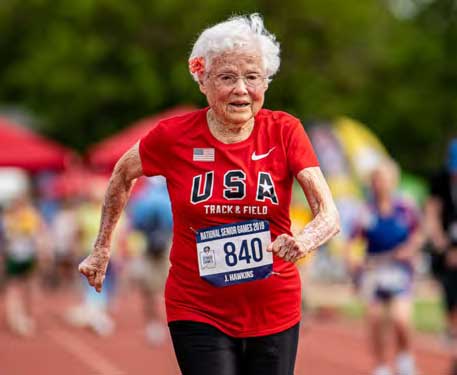
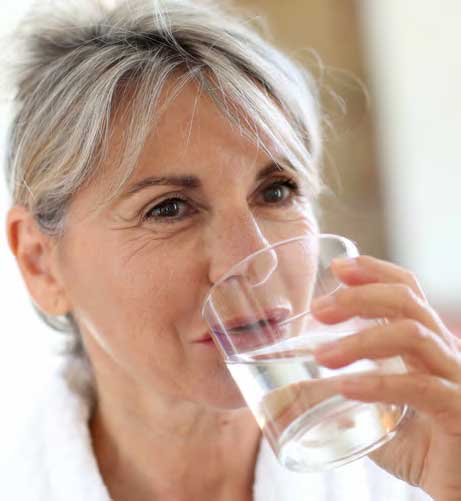 Lift up a glass of ice cold lemonade and drink to a healthier summer. Hydration for seniors is so important, especially as the temperature rises.
Lift up a glass of ice cold lemonade and drink to a healthier summer. Hydration for seniors is so important, especially as the temperature rises.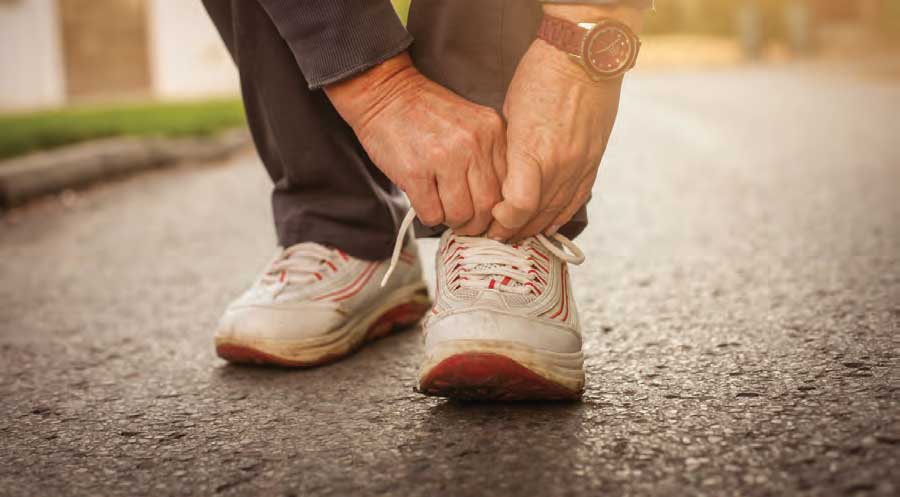
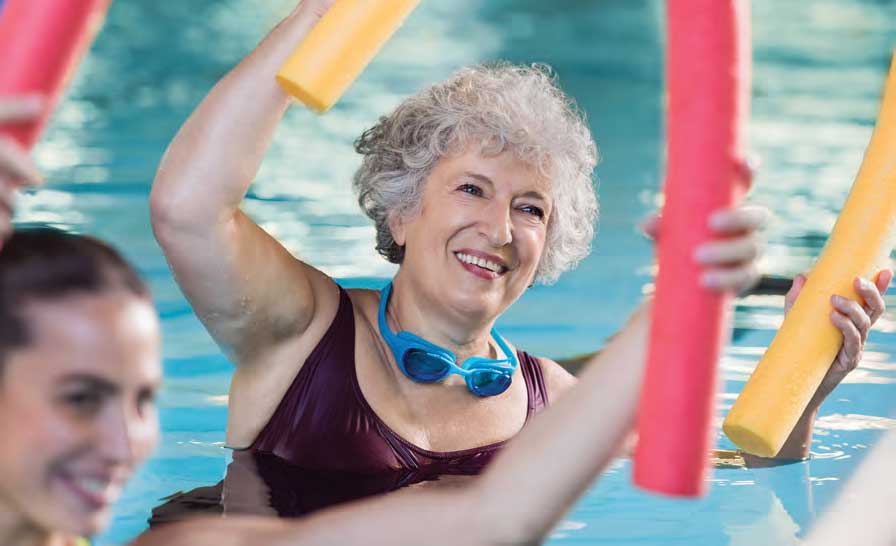
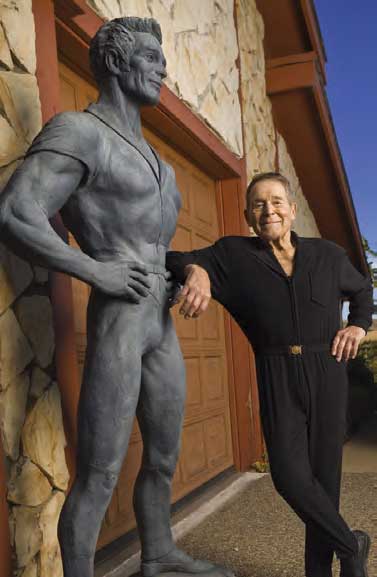 Jack LaLanne born in 1914 was a nationally acclaimed innovator of exercise and nutrition. At first doctors thought he was a charlatan, but “Time has proven that what I was doing was scientifically correct; starting with a healthy diet followed by systematic exercise and today everyone knows it.” He was the first to include weight training for athletes, women, and seniors. LaLanne radically changed sports training. He had the first televised exercise program long before Jane Fonda and Richard Simmons. Jack also combined good nutrition with exercise, and his famous juicer was an important feature in his exercise program. Jack motivated millions throughout his 70-year career to improve their lives by improving their health. As an expert on exercise and nutrition, Jack promoted living long through a healthy lifestyle, by “helping people to help themselves feel better, look better, and live longer.” His last book, LIVE YOUNG FOREVER – is critically acclaimed as his best book.
Jack LaLanne born in 1914 was a nationally acclaimed innovator of exercise and nutrition. At first doctors thought he was a charlatan, but “Time has proven that what I was doing was scientifically correct; starting with a healthy diet followed by systematic exercise and today everyone knows it.” He was the first to include weight training for athletes, women, and seniors. LaLanne radically changed sports training. He had the first televised exercise program long before Jane Fonda and Richard Simmons. Jack also combined good nutrition with exercise, and his famous juicer was an important feature in his exercise program. Jack motivated millions throughout his 70-year career to improve their lives by improving their health. As an expert on exercise and nutrition, Jack promoted living long through a healthy lifestyle, by “helping people to help themselves feel better, look better, and live longer.” His last book, LIVE YOUNG FOREVER – is critically acclaimed as his best book.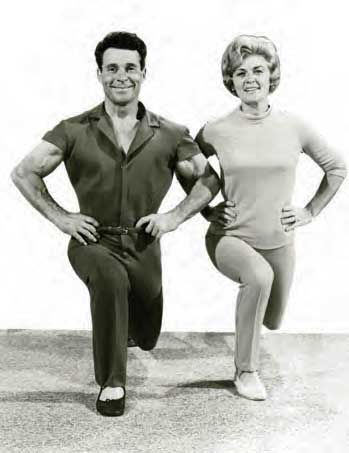 With more than 12 exercise classes offered each week for the residents and the Oasis open 24 hours with its exercise equipment to build strength and endurance, every resident should be able to find an exercise program to meet their abilities and needs. Mary Hand is available Monday through Thursday to assist you with developing a program right for you. Jason Sparrow and the Physical Therapy Department are available for consultation and physical therapy for anyone who has a question about where they should begin. Of course, consulting with your primary care doctor is important for individuals new to exercise.
With more than 12 exercise classes offered each week for the residents and the Oasis open 24 hours with its exercise equipment to build strength and endurance, every resident should be able to find an exercise program to meet their abilities and needs. Mary Hand is available Monday through Thursday to assist you with developing a program right for you. Jason Sparrow and the Physical Therapy Department are available for consultation and physical therapy for anyone who has a question about where they should begin. Of course, consulting with your primary care doctor is important for individuals new to exercise.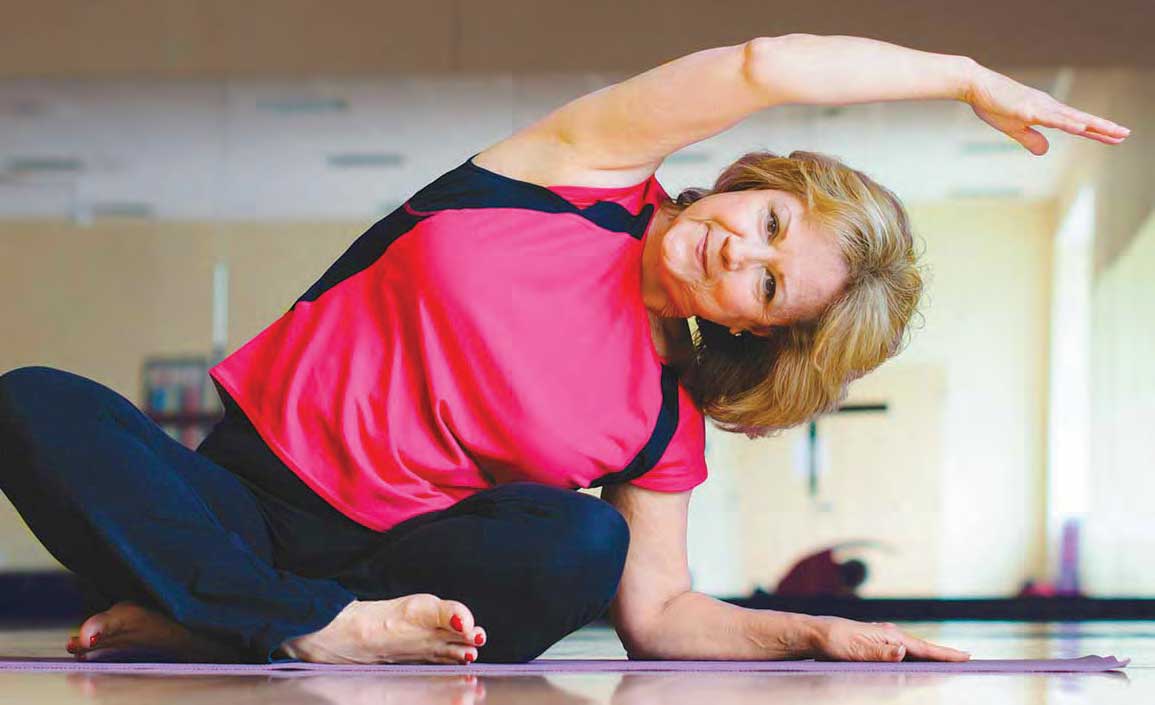
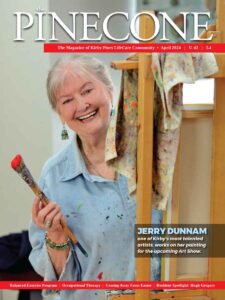

 © 2024 Kirby Pines LifeCare Community. All Rights Reserved |
© 2024 Kirby Pines LifeCare Community. All Rights Reserved | 